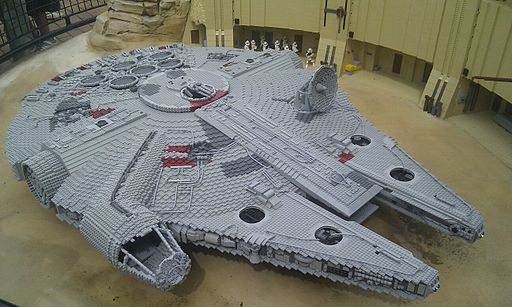![See page for author [GPL (http://www.gnu.org/licenses/gpl.html) or Attribution], via Wikimedia Commons 512px-Electronic_medical_record](http://www.medicalfutureslab.org/wp-content/uploads/2013/04/512px-Electronic_medical_record-300x216.jpg) Guest post by Olivia Banner.
Guest post by Olivia Banner.
I’ve been thinking a lot about how to draw the attention of physicians and medical students to debates over the diagnoses that they often accept as self-evident, particularly because these diagnoses are intricately interwoven into electronic medical records.
As we try to develop better EMRs, can we integrate into them an understanding that diagnoses reflect the cultural and social meanings about human characteristics that circulate in their historical times?
These questions became particularly relevant when I read a reaction to the recent CDC release about ADHD, which is now diagnosed in 11% of U.S. children. In a New York Times Op-Ed piece (“Diagnosis: Human”), Ted Gup, a fellow of the Edmond J. Safra Center for Ethics at Harvard University, described a set of personal experiences that made him critical of the current rush to affix psychiatric diagnoses to characteristics that are perhaps simply part of what it is to be human. When his son displayed qualities that other eras might have labeled “rambunctious,” our era stepped in with a diagnosis of ADHD, for which his son received, in lieu of talk therapy, the standard treatment: amphetamines.
At the age of 21, his son was found dead of a lethal mix of medication and alcohol. Gup views the death as a logical outcome of his son’s experience, where medication was not only the accepted tactic to address those qualities society labeled as a “disease,” but was also used as part of a culture of success, where, particularly among college students, amphetamine use is rampant. As further evidence of why the ballooning of diagnoses is a problem, Gup offers up the example of his own grief, an all-too-human and understandable response to losing his son – and which, according to the latest edition of the DSM, is diagnosable under the category of depression, and therefore treatable with medication.
Gup’s impassioned critique led me to consider how diagnoses are integrated into EMRs.
As we attempt to develop EMRs that can be “meaningfully used,” is there any way they might reflect broader cultural debates over the meaning of particular diagnoses?
In my next post, I’ll return to these questions in light of ongoing attempts to develop computer programs that could automate diagnosis, both for medical and psychiatric conditions. Let me know what you think.

![By Bryson Jack, Ministry of Information Photo Division Photographer [Public domain or Public domain], <a href="http://commons.wikimedia.org/wiki/File%3ABlood_Drying_Unit-_Processing_Blood_in_the_Laboratory%2C_Cambridge%2C_England%2C_UK%2C_1943_D16766.jpg">via Wikimedia Commons</a> Blood_Drying_Unit-_Processing_Blood_in_the_Laboratory,_Cambridge,_England,_UK,_1943_D16766](http://www.medicalfutureslab.org/wp-content/uploads/2013/04/Blood_Drying_Unit-_Processing_Blood_in_the_Laboratory_Cambridge_England_UK_1943_D16766.jpg)





